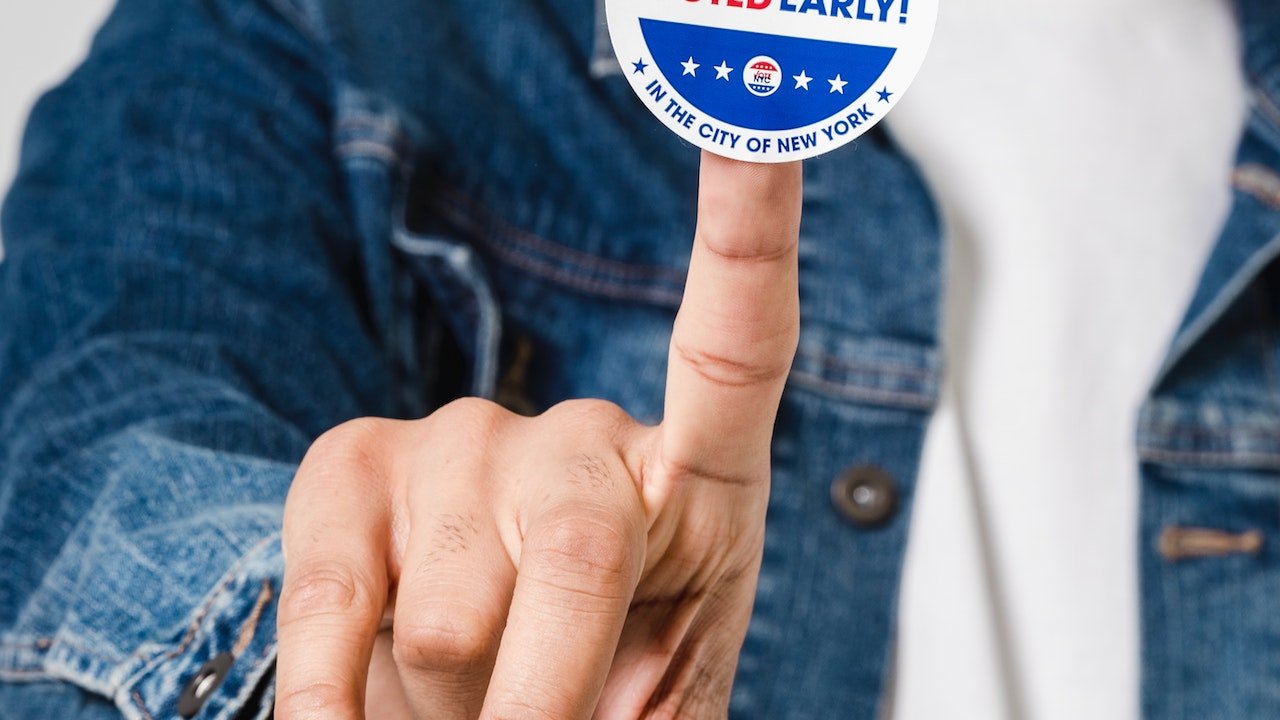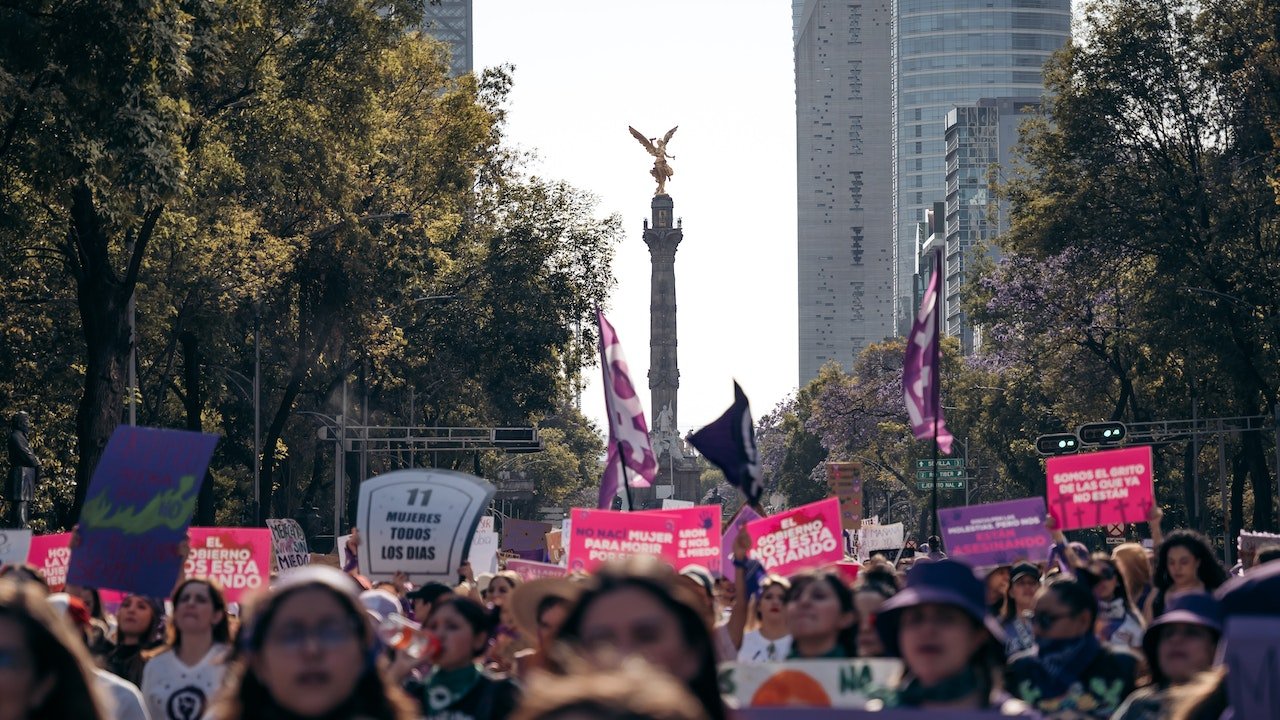The Voting Rights Act: Safeguarding Democracy 2023


Contents
- 1 Background History of the Voting Rights Act
- 2 Important Clauses of the Voting Rights Act
- 3 The Voting Rights Act’s effects
- 4 Recent Obstacles and Changes
- 5 The Voting Rights Act’s Importance
- 6 Providing Equal Access to the Polls
- 7 The Voting Rights Act’s Future
- 8 The Value of Voter Engagement and Education
- 9 Taking on Fresh Voting Challenges
- 10 Conclusion
- 11 FAQs
Background History of the Voting Rights Act
The Jim Crow era’s pervasive racial discrimination and voter suppression against African Americans prompted the creation of the VRA. Despite the fact that African American men were granted the right to vote by the Fifteenth Amendment, numerous states enacted discriminatory measures like literacy tests, poll taxes, and intimidation strategies to discourage them from exercising their right to vote.
These injustices came to light during the civil rights movement of the 1960s, and the VRA was enacted to redress the systematic deprivation of voting rights for minorities. No of their race, it attempted to guarantee that all citizens could take part in the political process.
Important Clauses of the Voting Rights Act
The Voting Rights Act provides a number of crucial measures that protect voting rights and stop discriminatory actions. Several important clauses include:
Voting Discrimination is Illegal
Any voting practice or technique that leads to the denial or restriction of voting rights due to race, color, or membership in a language minority is prohibited under this clause.
Coverage Calculator
Based on their track record of voting discrimination, the jurisdictions included in this section are those that are subject to federal inspection. Before changing their voting laws, these jurisdictions must have the Department of Justice’s prior approval.
Preclearance Obligation
Any proposed modifications to a covered jurisdiction’s voting laws must be submitted in accordance with this section for consideration to make sure they won’t have a discriminatory effect.
The Voting Rights Act’s effects
Minority communities’ voting rights have been significantly protected thanks to the Voting Rights Act. It has made it possible for millions of previously excluded people to exercise their right to vote without encountering discriminatory obstacles. The VRA has been extremely important in boosting marginalized groups’ voter registration and participation rates.
The VRA has contributed to the development of a more inclusive and representative democracy by eliminating discriminatory voting practices. It has given underrepresented groups a platform to choose representatives who are aware of their needs and issues, resulting in laws that support equality and justice.
Read More: The Intersection of Civil Rights Laws and Criminal Justice 2023
Recent Obstacles and Changes
The Voting Rights Act has encountered difficulties recently. The preclearance provision in Section 5 was rendered ineffective in 2013 by the Supreme Court’s ruling in Shelby County v. Holder, which invalidated the coverage calculation in Section 4. Due to this choice, several jurisdictions no longer have federal oversight of their voting laws.
Thereafter, initiatives to strengthen and restore the VRA have been made. To maintain protection against voting discrimination, proposed legislation, such as the John Lewis Voting Rights Advancement Act, aims to update the coverage formula and reestablish the preclearance requirement.
The Voting Rights Act’s Importance
The Voting Rights Act is still crucial for maintaining democracy and guaranteeing equitable access to the polls. It is a crucial instrument in the fight against voter intimidation, gerrymandering, and other unfair tactics that jeopardize the democratic process. The VRA upholds the notion that every citizen’s voice counts and that no one should be denied the right to vote because of their position as a member of a racial, ethnic, or linguistic minority.
Providing Equal Access to the Polls
Even while the Voting Rights Act has achieved great progress, barriers still stand in the way of assuring equal access to the polls. Barriers including stringent voter ID rules, a lack of polling locations, and inadequate language assistance must be removed. Promoting civic involvement and education can also give people more power to exercise.
The Voting Rights Act’s Future
The Voting Rights Act’s continuation is dependent on continued legislative action and activism. In order to handle changing voting issues and safeguard against new types of discrimination, it is essential to reinstate and strengthen the VRA. The Voting Rights Act will continue to defend democracy for upcoming generations by encouraging inclusive and fair elections.
The Value of Voter Engagement and Education
The Voting Rights Act’s protection of democracy includes encouraging voter participation and education as a key component. People may make educated decisions and actively engage in forming their communities by being given complete and accessible information on the electoral process, candidates, and ballot proposals.
To ensure that residents are informed of their rights and obligations as voters, voter education activities might include public awareness campaigns, community forums, and educational materials. Furthermore, promoting civic participation among young people and underserved populations can provide them the power to participate in the political process and have an impact on the laws that have an impact on their daily lives.
Read More: Civil Rights Laws and Affirmative Action: Promoting Diversity 2023
Taking on Fresh Voting Challenges
While the Voting Rights Act has been effective in addressing previous voting discrimination, the digital era has brought about new difficulties. Innovative solutions are needed for problems including internet voter suppression strategies that target marginalized areas and the prospect of foreign election meddling.
The Voting Rights Act has to be updated and changed in order to meet these issues. This entails taking social media into account, making sure that online voting systems are secure, and coming up with tactics to resist disinformation operations that could jeopardize the credibility of elections.
Conclusion
The fundamental right to vote for all citizens is safeguarded by the Voting Rights Act, which is a tenet of democracy. Its historical importance and impact are immeasurable. To safeguard and improve the provisions of the VRA, however, more work is required as problems exist. By respecting the values of equality and inclusivity, we can guarantee a thriving and strong democracy that accurately expresses the opinions of the people.
FAQs
What does the Voting Rights Act aim to achieve?
The Voting Rights Act aims to end discriminatory voting practices and guarantee that all individuals have equal access to the voting process.
How does the Voting Rights Act defend against intimidation of voters?
By outlawing any voting practice or technique that leads to the denial or abridgment of voting rights based on race, color, or language minority status, the Voting Rights Act safeguards against voter suppression.
What does the Supreme Court’s ruling in Shelby County v. Holder mean?
The Shelby County v. Holder ruling invalidated the Voting Rights Act’s coverage formula, removing federal monitoring of some jurisdictions’ voting restrictions.
What can be done to strengthen the Voting Rights Act?
Legislative measures, such as modernizing the coverage formula and reintroducing the preclearance requirement to guard against voting discrimination, can strengthen the Voting Rights Act.
Why is equal voting access crucial to democracy?
To ensure that every citizen’s opinion is heard and that the democratic process reflects the different viewpoints and interests of the population, equal access to voting is crucial for democracy.





